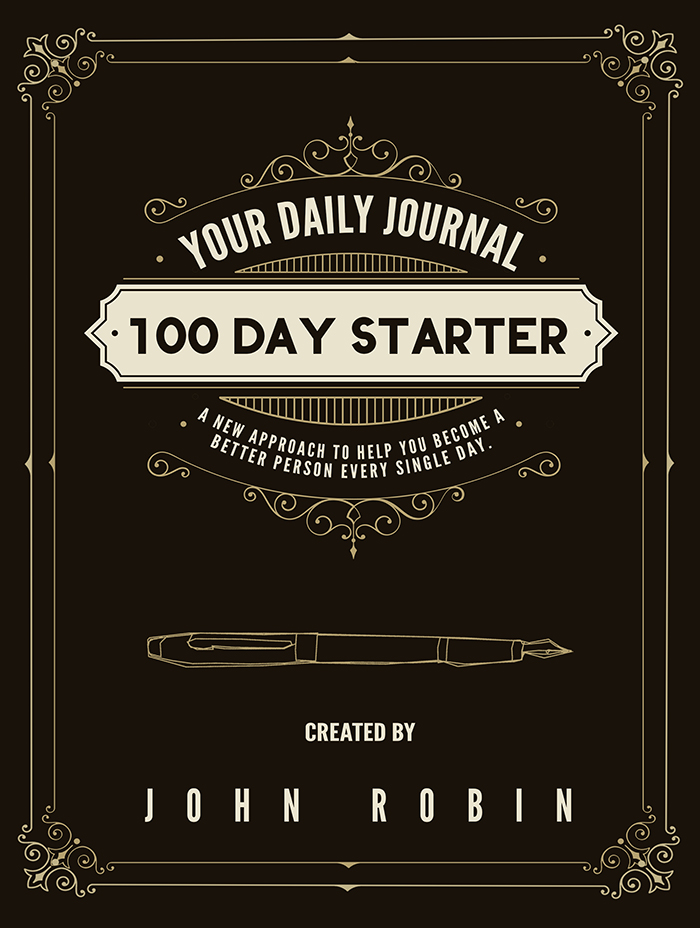Today, Elan Samuel returns to EFW to discuss inspiration. After convincing himself that he was done waiting for inspiration to strike, he decided that he could seek it for himself. Read more below. For more by Elan, click here.

Over and again I hear (or read) established authors being asked about where they find their inspiration or how they “do it,” where it is simply “write books.” It’s a question I can certainly relate to, after a fashion. Truth be told, I’ve asked it many times. The reality of the creative process is not so glamorous, and folks like me (the less experienced and those of us on the beginning of our authorial journey) want to know the secret sauce. How is it that people like Brandon Sanderson and Stephen King can write so much? How did author x or y even come up with their incredible ideas? How can I do it too? We call them “gifted” and “talented,” but rarely do we use the more appropriate “skilled” or “disciplined” to describe the behaviors and abilities of some of our best-loved creative minds.
I’ve heard many answers to the questions above, but a few stuck with me in such a way that they’ve reframed my thinking when it comes to inspiration. Those answers can be summarized as follows: “It’s hard work, I write every day, and I don’t wait for the muse.”
I think there are two kinds of inspiration when it comes to creative work, each of which functions differently, and both of which can be cultivated. I will call them “Idea” and “Execution,” though you can call them whatever you like. Left- and right-brainedness, thought and action; whatever works for you. I’m working at training myself in these two respects now. Perhaps thinking about creative work this way will be helpful to you. I certainly hope so.
Idea
Coming up with creative ideas for fantastical worlds, dynamic characters, and engaging plots strikes me as the easier of the two Inspirations to train. This is the stuff that, nine times out of ten, comes to us first. For me, story ideas crop up from everywhere. I use a task management app to keep my life in order, and one of my categories for items in the app is “Miscellaneous Writing.” The stuff that goes in there is what coalesces out of the ether: anything from a dream I remember to someone interesting I saw on the train to a tweet that made me upset to substance-free story titles that just sound cool. Usually it’s a description of something I saw in lofty prose with a provocative title; something like The Blind Carpenter.
For me, a new kernel of an idea is a fairly frequent thing, and I’ve extrapolated ideas out of each of the examples I gave above. The thing that helps me the most when it comes to coming up with ideas is immediately writing about it—even if it’s just a single paragraph. The Blind Carpenter becomes more than an interesting person I saw on the train. In fact, the person on the train was only the beginning, and once I start to type the idea outgrows the spark that kindled it.
That wasn’t always the case for me, though. It took conscious effort to look differently at the world and start to tell stories about it as I watched it pass by. I could have just seen a blind man in a high-visibility vest and thought nothing of it, or simply that it was safe and practical given his disability in a city. But after reading an MFA writing prompt that encouraged students to go outside and start making up stories about what they saw, I tried it out for myself.
The result is that I have a folder full of ideas for stories to tell; far more than I currently have the discipline to pursue. The question of “where” ideas for far-out stories come from has changed for me, since I started that exercise, to “what was the thing that sparked your imagination?”
Execution
Sisyphus had a stone and a hill.
I have a pen and paper, or more frequently a blank Scrivener file and a keyboard.
It’s a little melodramatic, but it’s an issue I and many other creatives of all kinds face: the problem of actually doing the creative work. It’s easy to get distracted, easier still to get discouraged, and easiest of all to just never start. Some new writers can’t help it; they write without stopping and have no trouble getting in the zone. For many others it comes in fits and starts. I’m more of a fits and starts kind of guy. I’ll do no writing for months at a time, and then BAM. 15,000 words in a week. So what happens when I have a deadline? Usually, I miss it. Not good.
A friend of mine clued me in to a few simple tricks through which he conditioned himself to drop into the right mindset almost immediately. They have to do with setting and totems. Allow me to explain:
A comfortable setting can be anything that works for you. At times, I’m only able to write with the hum of a bustling cafe distracting the curious portion of my brain. Other times I’m in my dead-quiet office at 3:00am banging away at a manuscript. The common thread is that I’m removing certain types of distractions from my environment. I block all social media apps and websites, turn on the Focus app, and get to work.
That doesn’t always work, though, so I need to rely on totems to carry me through. My writing totems are fountain pens and high-quality notebooks. I shop at Goulet Pens, and have something of a fountain pen addiction, but when you have a special pen and notebook that you use to tell your stories, just holding those implements can get my juices flowing.
Neither setting nor the totems, however, is a powerful enough force to defeat procrastination and self-doubt. The thing about execution is that it most certainly requires inspiration. The catch is that the inspiration needn’t be divine or random: we can train ourselves to manufacture it. Hearing writers like Sanderson and King talk about it, they write every day because they taught themselves to do it; because it is their job. I have a day job, and I get up and do it even when (and especially when) I’m not really in the mood to do it. If I want to take this whole “writing thing” seriously, I ought to approach it with the same discipline and determination I do with my day job. Sure, it’s not earning me a living yet, but it’s what I live for.
For Ideas, everything inspires me, if I let it. For execution, I need to inspire myself. Either way, I try to keep both halves of my writer’s brain stimulated daily.
###
 By day, Elan Samuel is a writer and editor at a tech company in San Francisco. By night, he writes fiction and reviews books of all kinds on his blog, The Warbler. His wildest dreams include becoming a published author and building a career in which he can read all day, preferably near a body of water.
By day, Elan Samuel is a writer and editor at a tech company in San Francisco. By night, he writes fiction and reviews books of all kinds on his blog, The Warbler. His wildest dreams include becoming a published author and building a career in which he can read all day, preferably near a body of water.


Great post, Elan! I think one thing all of us writers who aren’t graced with the ability to do it full time struggle with is how do we keep the weeds from choking us out. It’s hard. Funny you should mention Sisyphus — it was the topic of yesterday’s Writer Unboxed post by David Corbett. Check it out: http://writerunboxed.com/2016/07/12/sisyphus-happiness-and-the-abyss/
Reblogged this on Archer's Aim and commented:
The fusion of inspiration and discipline is quite important for authors – more so for those in speculative fiction. I found this quite an interesting discussion about putting it all together to get the job done. Reblogging on Archer’s Aim.
Reblogged this on Writing and Musing and commented:
This is a great post explaining types of inspiration and how to use inspiration as a writer. Inspiration combined with discipline can accomplish amazing things.